NuraTrue

The NuraTrue fit Nura’s custom sound-tuning tech into a desirable true wireless form, with great results. Battery life is solid, sound customisation is as refined as seen in the original Nuraphones, and active noise cancellation is well implemented, if not quite as effective as the best. These earphones don’t just rely on “high concept” audio tuning, although it’s a shame the bass-boosting feature isn’t as sophisticated as the core bespoke EQ.
Pros
- Detailed upper-mids
- Fun sound-tuning process
- Comprehensive customisation via the phone app
- Solid battery life
Cons
- Bass-boosting Immersion mode lacks finesse
- Sound-tuning thins out the mids a little too much
Availability
- UKRRP: £199
- USARRP: $199
- EuropeRRP: €229
- AustraliaRRP: AU$299
Key Features
- Active noise cancellationThe NuraTrue monitor ambient noise and cancel it out using inverse waves of that sound
- Up to 6 hours’ battery lifeNura rates the NuraTrue battery life at up to six hours per charge, or 24 hours total with the carry case
- Sound tuningThe NuraTrue use an ultra-sensitive microphone to automatically generate an EQ profile based on your own hearing
Introduction
The NuraTrue are some of the most interesting true wireless earphones in the world right now. And perhaps the most accessible of all of Nura’s pairs to date.
Nura earphones use a proprietary technique that tests your hearing by “listening” to how your ears respond to sound. They analyse how you hear music, without relying on you tapping a button to see when a high-frequency tone skips out of your range of hearing.
The NuraTrue come with active noise cancellation, too – and while it isn’t as effective as the Sony WF-1000XM4’s, it performs the important job of making public transport and traffic noise less of a problem.
These earphones’ sound is vital and engaging, although if you like a bassier sound then Nura’s low-end controls made the NuraTrue sound more confused, not just more powerful.
Customisation
- Personalises the sound based on your ears
- Intuitive app

The NuraTrue approach may initially sound like a gimmick, but it’s a recognised technique based on “Otoacoustic Emission”.
When you hear a sound, hair cells in your inner ear vibrate. This in turn creates its own very quiet noise, which travels to the middle ear, where a highly sensitive microphone can pick it up.
Nura says this sound is “10,000 times” quieter than the input sound. So, yes, the microphone inside the NuraTrue must be pretty sensitive.
The test takes just a couple of minutes to perform. First, the NuraTrue app runs through a frequency sweep, presumably to see the tone at which your ‘hearing hairs’ stop reacting. And then it plays a series of bleep-bloop ’70s sci-fi tones to pick up its results.
It’s quick, and requires no input from you – other than to keep quiet and still to minimise colourisation of the result.
Nura has come up with a neat way to show off these results, too. The app spits out a deformed circle. Blue areas that go beyond the circle’s outline suggest high sensitivity; reddish gradations that dig into the circle suggest lower sensitivity. As you work around the circumference of the circle from the “12 o’ clock” position, the frequency denoted increases.

What you see here isn’t a classic hearing test as such, but a sort of tonal map of the character of your hearing. I’ve run the test a bunch of times, and while there’s a noticeable change to the EQ in each, the map graphics look similar.
It suggests I have relatively high sensitivity in the lowest and highest frequencies, and significantly reduced sensitivity in-between. Of course, the NuraTrue circle graphic is simplified, especially since there will be differences between your hearing in both the left and right ears.
The software is a real highlight of the NureTrue experience. Its app presents all of this data brilliantly; it isn’t just about dressing up a custom EQ profile.
For example, when I take the NuraTrue out of the case and pop them into my ears, they say “welcome back Andrew 2” – the same of the profile currently active. That they store a little digital audio file with a Siri-a-like voice prompt is a nice touch. I’m not sure many people will, or should, share these earphones with friends and family members. But you might want to use multiple profiles for, say, home listening and for use while running.
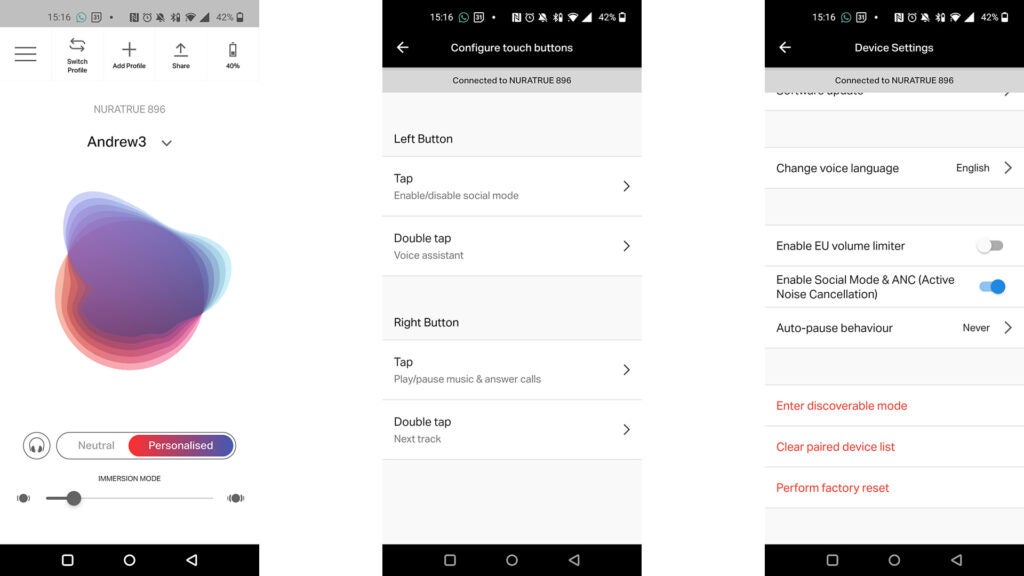
These profiles don’t just store your hearing data, but also whether you have noise cancellation switched on and the level at which the Immersion mode is set.
Nura says this Immersion slider is designed to emulate the experience of live music, but it sounds like a relatively simple bass booster. I don’t recommend setting this beyond 20% if you’re listening in a quiet environment, since it tends to clog up the sound imaging a bit. The full-size Nuraphones seemed better equipped for this Immersion mode, as they have dual drivers per cup: a 15mm unit in the earpieces that sit in the cups, and 40mm units in the cup enclosure.
Design
- IPX4 water-resistance
- Good, stable fit
In terms of fit, the NuraTrue are much like any other pair of true wireless earphones to wear. I’ve used them for a bunch of runs at this point, and they’ve remained perfectly still in my ears throughout fast motion. They have a little rubber insert that anchors them into your ear cartilage. You can take these off if you like, but I’ve found them useful for keeping the earphones in place.

The construction is all-plastic, but this keeps their weight low. And the disc-shaped outer makes them easy to put in your ears and remove, and to adjust in your ears. The NuraTrue are rated for IPx4 water-resistance, which is good enough for runners and gym fans. Just don’t rinse them under a tap after a workout.
Features
- Noise cancellation support
- Solid battery life
The NuraTrue also offer excellent control customisation. Each earpiece has a touch-sensitive surface, and you have free rein to set single- or double-taps for any of the following commands (taken direct from the app):
- Play/pause music & answer/hang up calls
- Play/pause music & answer calls
- Reject call
- Play/pause music
- Enable/disable Immersion
- Enable/disable social mode
- Previous track
- Next track
- Volume up
- Volume down
- Voice assistant
You can set any or all of these single/dual-tap gestures. The “auto-pause” mode is highly customisable as well. Set your music to stop when you remove one earbud, only when both are removed, or you can turn this feature off.
I’d usually say these tweaks are unlikely to be used, or even noticed by most buyers. But the NuraTrue app has to be downloaded and run to even make the earphones play music. You won’t hear anything until you perform at least one hearing test, making you engage with the software. Thankfully, you don’t have to do anything more once you’ve setup a profile. Even if you switch phones, the earphones store the current profile internally – although to flick between them, you need to use the app.
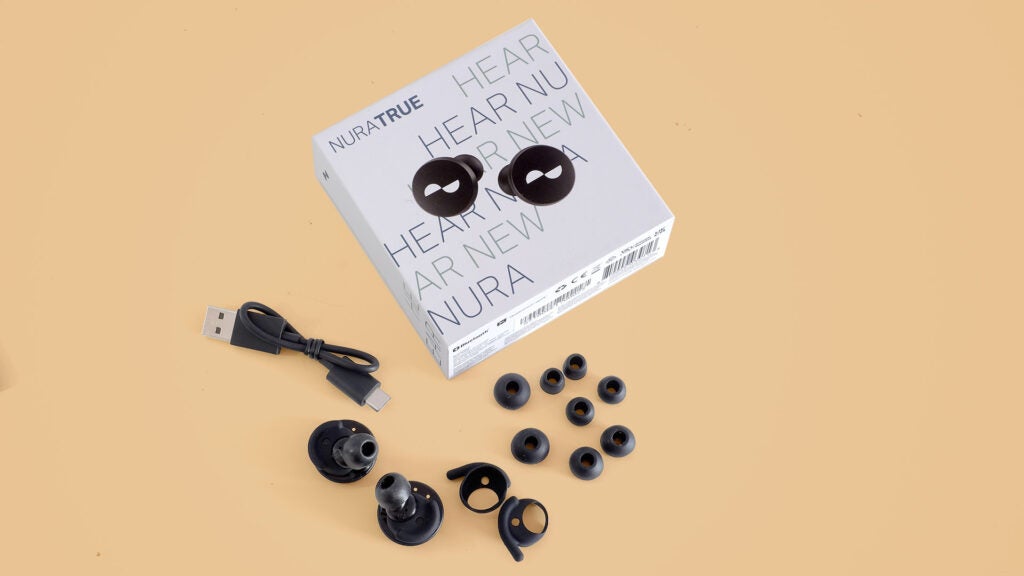
Nura describes the NuraTrue’s active noise cancellation as “Hybrid ANC”, suggesting the actual active part is only meant to get rid of the lowest frequencies, relying on the physical ear-blocking of the tips for the rest. And that’s more-or-less what you get.
The NuraTrue’s ANC isn’t as effective as that of the Bose QuietComfort buds. They don’t transport you to a noiseless world, then, but they do remove enough outside bass noise to stop it from being a major distraction.
During testing, my downstairs neighbours had workmen drilling through the walls and ceiling, and these earphones were a godsend. There’s a “social” mode, too, which reduces the sound level and pipes in some ambient sound so you can hear what’s going on around you.
There is an issue, however. The ANC reacts strangely to sudden peaks in high-frequency sound, causing unsightly “pops”. I’ve noticed this several times, most notably when putting kitchen cutlery back into a drawer. It seems strange this should happen when the ANC doesn’t really affect high-frequency noise much.
This isn’t something that happens frequently, though; switching on ANC barely seems to affect sound quality – which isn’t usually the case.

Nura says the NuraTrue last up to six hours from a charge, which is sound by true wireless standards. However, I actually saw a better result when using the earphones more-or-less constantly, with active noise cancellation turned on.
After six and a half hours, the app still showed 10% charge remaining. And while one of the earphones had chimed in with its regular “battery low” voice prompt warning, it hadn’t gone to the “battery critical” state that denotes the earphones are minutes away from powering off.
This is good longevity, as I’d expect Nura to quote battery figures with ANC turned off. Active noise cancellation normally cuts battery life by a couple of hours.
Sound quality
- Custom sound profile
- Reserved bass performance
If you buy a pair of NuraTrue earphones, or any Nura pair, I recommend running the calibration process multiple times. I’ve run it five times or so, and there are slight differences in tone with each run. This is actually reassuring. The process Nura claims to use measures very small inputs, which can be affected by outside noise and, I imagine, whether you breathe much during the calibration.
These subtle changes show the NuraTrue don’t simply apply one of a relatively small handful of EQ profiles to match a few ear archetypes. That one of the profiles also seemed to change one ear more than the other suggests there’s real per-ear optimisation going on.
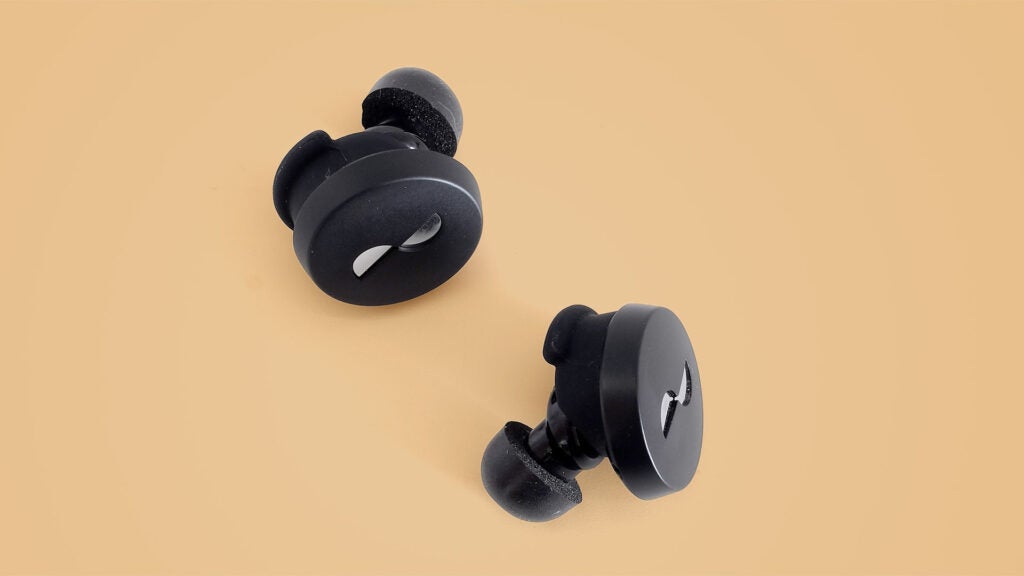
There are good and so-so parts to the NuraTrue sound. I’ll start with the good stuff.
Using my personal sound profile, the NuraTrue are engaging and vital-sounding. There’s plenty of detail in the upper-mids and good treble clarity, too. Comparing them to the RHA TrueControl, these areas stand out.
A relatively spare sound, without obviously expanded bass, offers plenty of room for the elements of the mix to sit. While the sound field isn’t huge, elements of an arrangement don’t sit on top of one another, muddying their position in a stereo mix. Imaging is clear, the upper frequencies are well resolved, without excessive brightness or harshness.
However, I imagine many will want a bit more lower-frequency oomph than is delivered via the NuraTrue when the Immersion mode slider is set to zero.
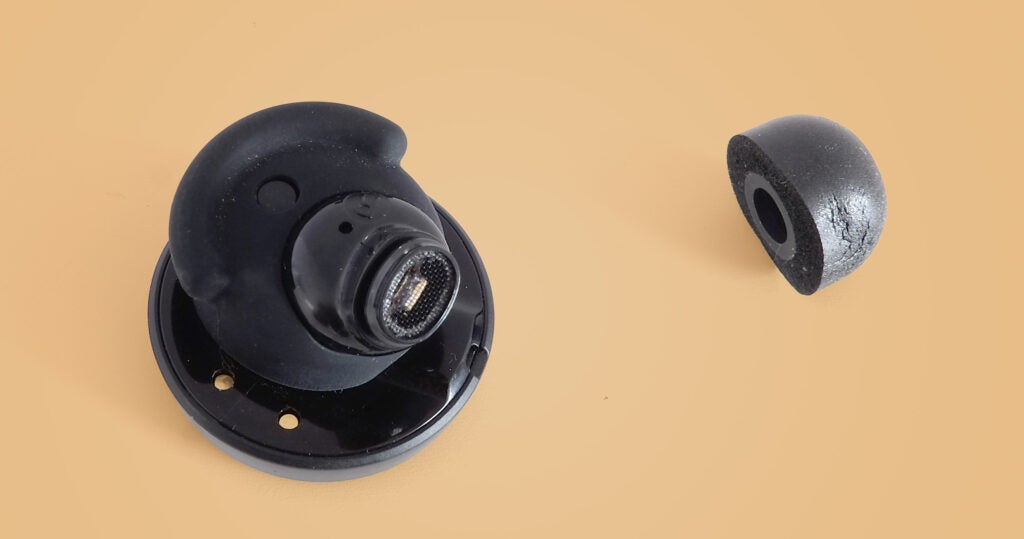
The issue is that the “Otoacoustic Emission” tuning and that of Immersion mode feel like the work of different teams. One wears lab coats, the other wears lab coats ironically. Immersion mode pumps up the bass but the character is too close to the “in the club”-style bass, particularly if you take it beyond 50%. It adds a lot of unwanted mid-bass, muddies separation and lacks subtlety. The NuraTrue don’t start in the best place for a bassy sound signature, either, since the sub-bass is reserved.
I have also found that the tuning set by the NuraTrue for my ears suck out a little too much of the mid-range. You can hear this when switching between the “personalised” and “neutral” modes in the app, which lets you do an A/B comparison of the sound, with and without your custom profile.
While the tuned mode delivers far better clarity and higher-frequency detail, making the original feed seem flat and lifeless, the untuned mode gives the mids greater substantive presence. The tuned method takes a classic consumer earphones approach, of using the upper-mids to represent mid-range textural detail while squeezing the actual mids to make the sound appear clearer and cleaner. And while Immersion mode can reintroduce some of the lost substance, I don’t think it does a great job from a tonal perspective.

What’s the takeaway here? If you want a set of bassy earphones then I don’t recommend the NuraTrue. The sub-bass isn’t that powerful, and the way they boost bass just isn’t sufficiently refined – perhaps because it seeks to emulate the Nuraphones, which effectively have a separate “subwoofer”.
If you’re fine with a moderate level of bass, the NuraTrue compete well with other high-performing true wireless earphones. However, a willingness to demote parts of the mids shows that these units aren’t intended to be ultra-faithful earphones.
However, elsewhere, the control on offer is top-notch, letting you quickly create different profiles for, say, listening at home and at the gym.
Final thoughts
The NuraTrue are the first Nura earphones that match the company’s sound-tuning tech with the true wireless style many people want. They don’t have the bizarre design of the original Nuraphones, or the neckband cable of the Nuraloop, which may be seen as dated by some.
As a result of the pandemic, I haven’t been able to test NuraTrue’s EQ profiling behaviour across different ears. But the fine-grain changes it makes, even with the one pair of ears on which I’ve tested them, show this is a refined process. You can call it a gimmick if you like, but it isn’t a cheap one.
Sound quality compares well with the better performers in the sub-£200 class. Upper-mid detail is great and imaging is clear, as long as you keep the bass-boosting Immersion mode feature under control. While the core EQ feature may be sophisticated, Immersion mode largely isn’t, so I’d suggest keeping it off or at a low level – particularly while listening at home or in a quiet environment.
Should you buy it?
You’re intrigued by the tech Headphones such as the NuraTrue, which rely on eyebrow-raising technology, often end up feeling hollow. But the custom EQ here is worthwhile, and other parts of the earphones haven’t been neglected.
Are you a bass-head? The NuraTrue have relatively reserved bass in their most accurate mode, and the bass boost is a bit ham-fisted. As such, they’re not the best choice for big bass fans.
Verdict
The NuraTrue fit Nura’s custom sound-tuning tech into a desirable true wireless form, with great results. Battery life is solid, sound customisation is as refined as seen in the original Nuraphones, and active noise cancellation is well implemented, if not quite as effective as the best. These earphones don’t just rely on “high concept” audio tuning, although it’s a shame the bass-boosting feature isn’t as sophisticated as the core bespoke EQ.
How we test
FAQs
The NuraTrue battery is rated for six hours, with the case for three recharges, for a total of 24 hours’ use before a charger is needed.
The NuraTrue support SBC, AAC and aptX – but not aptX HD or aptX LL.
While the NuraTrue don’t have an ultra-high water-resistance rating, IPX4 will do the job for runners and gym-goers.
Specs
The post NuraTrue appeared first on Trusted Reviews.
https://ift.tt/3f5Huna
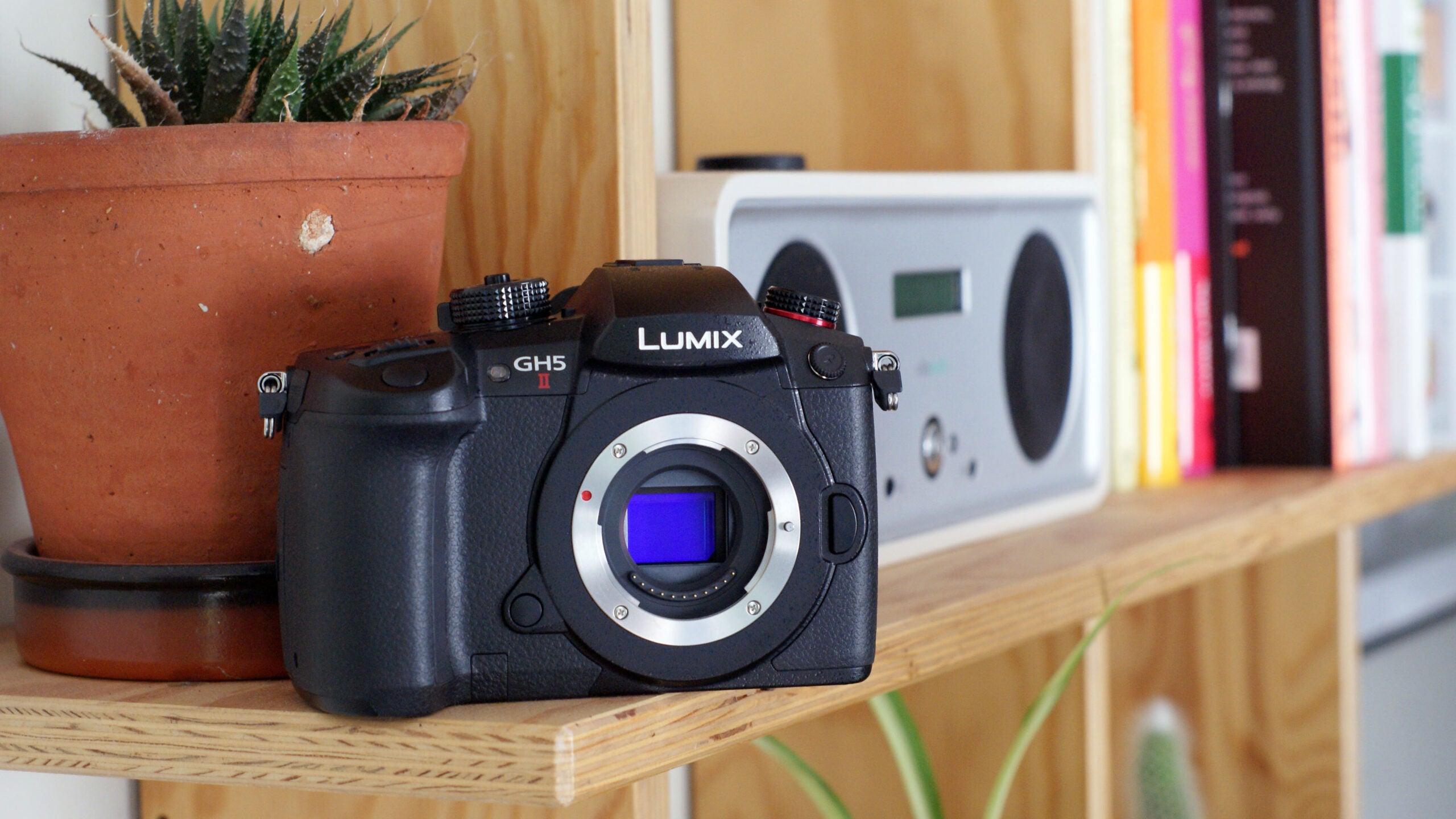


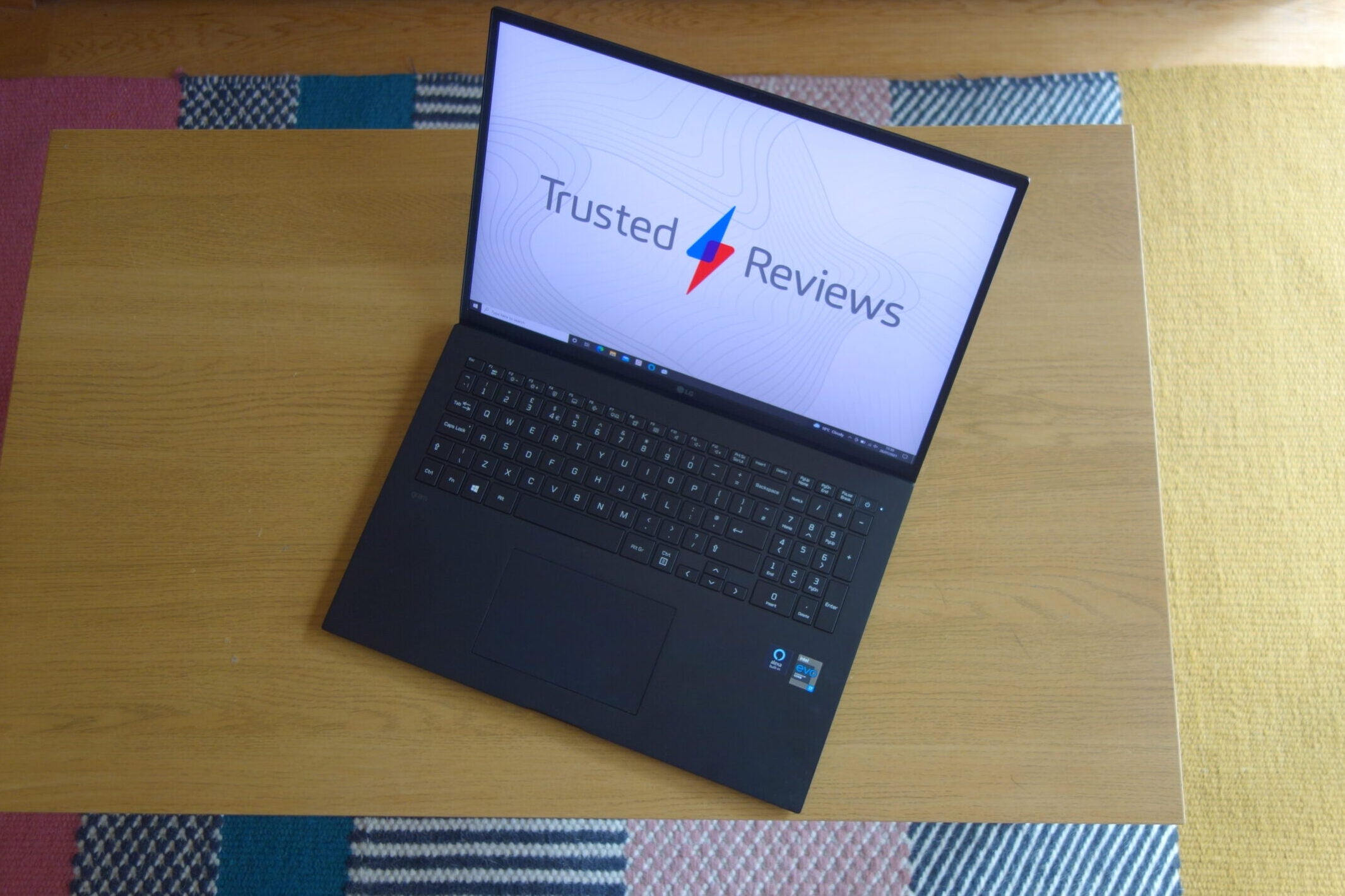

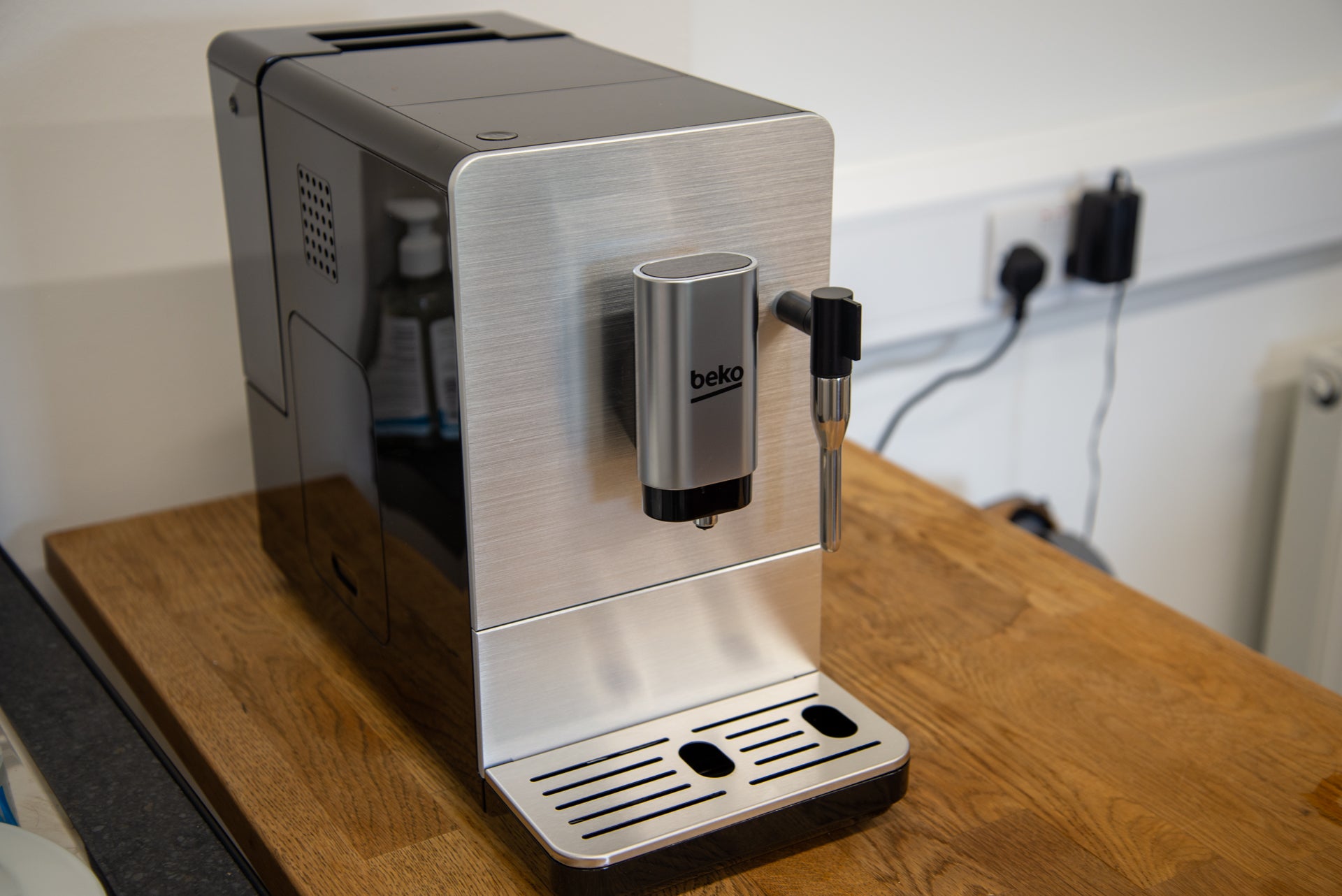
Comments
Post a Comment